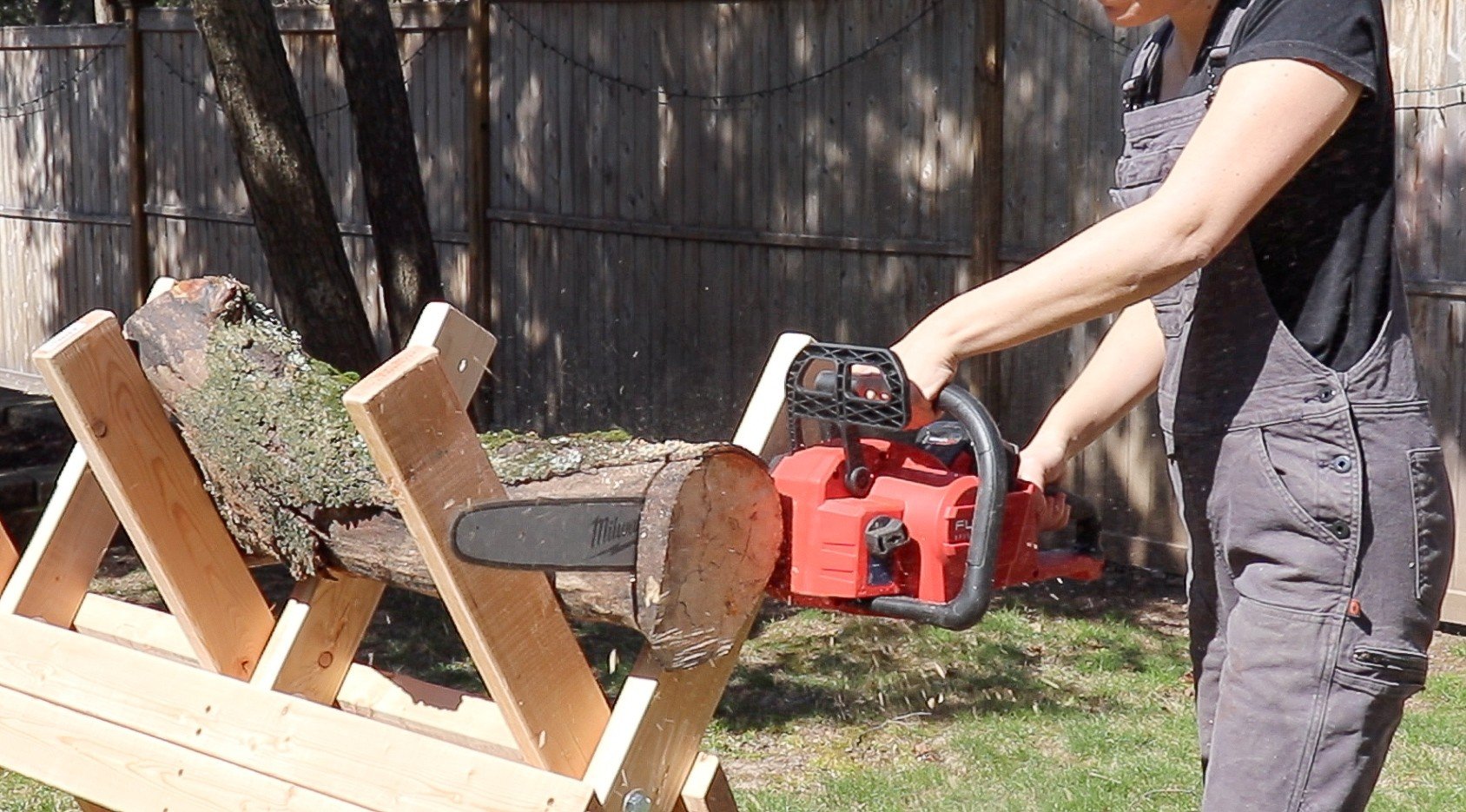Chainsaw blades are crucial for effective cutting, and understanding their basics is essential for any chainsaw user. A chainsaw blade consists of several key components, including the teeth, depth gauges, and the blade itself. Each of these parts plays a vital role in how well your chainsaw performs. Familiarizing yourself with these components can significantly enhance your chainsaw sharpening experience.
The teeth of the chainsaw blade are designed to cut through wood efficiently. They come in various shapes and sizes, depending on the type of wood you’ll be cutting. For example, sharp square-cornered teeth are great for softwoods, while rounded teeth are better suited for hardwoods. As part of your Chainsaw Sharpening Guide, it’s important to regularly inspect these teeth for wear and damage, as dull or chipped teeth can lead to uneven cuts and increased strain on the saw.
Depth gauges, also known as rakers, work in conjunction with the teeth to ensure that each cut is appropriate for the material. These gauges determine how deep the teeth can penetrate into the wood. If they are too high, the blade may not cut effectively, and if they are too low, it could lead to excessive wear on the blade. Maintaining the proper height of these gauges is essential for efficient cutting and is an important point in our Chainsaw Sharpening Guide.
Finally, understanding the different types of blades is just as important as knowing their components. Chainsaw blades can be categorized into several types, including full chisel, semi-chisel, and low-profile chains. Each type serves a specific purpose and has its own advantages and disadvantages. When sharpening your chainsaw, recognizing these differences can help you choose the right method and tools for the job, making your sharpening process more efficient and effective.
Tools for Sharpening Your Chainsaw
When it comes to maintaining your chainsaw, having the right tools is essential for effective sharpening. This Chainsaw Sharpening Guide focuses on the must-have tools that will keep your blades in top condition. Investing in quality sharpening tools not only improves your chainsaw’s performance but also enhances safety during operation.
Firstly, a sharpening file is a basic yet crucial tool for the job. For most chainsaws, a round file works best, allowing you to reach the curved edges of the teeth easily. Make sure to choose one with the correct diameter that matches your chainsaw’s chain specifications. Using a file guide can also help maintain the proper angle while sharpening, ensuring consistent results every time.
Another great addition to your toolkit is a chainsaw sharpening jig. This tool provides a steady platform for sharpening your chainsaw, keeping it in place and allowing for even strokes. It is especially useful for beginners who may struggle to maintain the correct angle throughout the sharpening process. With a jig, you'll find that achieving a sharp edge on your chainsaw blade is much simpler and faster.
For those looking for a power tool option, an electric chainsaw sharpener can save a lot of time and effort. These machines take the guesswork out of sharpening, providing precise and consistent results. Just be sure to follow the manufacturer's instructions closely to avoid damaging your chain. Whether you opt for manual or electric sharpening tools, having the right equipment is key to effective maintenance, as described in this Chainsaw Sharpening Guide.
Step-by-Step Sharpening Process
Sharpening your chainsaw may seem daunting, but with our clear Chainsaw Sharpening Guide, you’ll find it’s easier than you think. Start by gathering your tools, which typically include a suitable file, a depth gauge, and a guide for precision. Before you begin, make sure your chainsaw is turned off and unplugged for safety.
Next, inspect your chainsaw blade for any damage. Look for broken or missing teeth and assess whether the chain can simply be sharpened or if it needs to be replaced entirely. If everything looks good, it’s time to secure the chainsaw in a stable position. You can use a vise or a sturdy workbench to hold it firmly in place.
Now, let’s get into the actual sharpening. Taking your file, place it at a slight angle—typically around 30 degrees—to match the existing angle of the cutter teeth. Sharpen each tooth by applying even pressure, filing in one direction only. Make sure to keep the file straight and not to round off the edges. After sharpening a tooth, move to the next one, continuing this process around the entire chain.
After finishing the teeth, it’s important to check the depth gauge. Use your depth gauge tool to ensure the teeth are set at the proper height. Adjust or file down any teeth that are too high, as this can affect your cutting performance. Once everything is sharpened and aligned, give your chain a thorough cleaning and lubrication before reassembling it onto the chainsaw.
Maintaining Your Sharp Chainsaw Blade
First, always inspect your chainsaw for wear and damage. Check the teeth of the blade regularly for signs of dullness or chipping. Using a file to sharpen the teeth after every few uses can make a significant difference. In our Chainsaw Sharpening Guide, we recommend keeping a quality sharpening tool handy to easily touch up the blade as needed.
Secondly, don’t forget to clean your chainsaw after each use. Sawdust and debris can build up around the blade and guide bar, affecting its performance. Use a brush or compressed air to remove any build-up, and wipe the bar oil holes to ensure a smooth operation. This simple cleaning routine will make a big difference in the longevity of your sharp chainsaw blade.
Lastly, storing your chainsaw properly is also vital for blade maintenance. Keep it in a dry place and cover the blade with a protective sheath when not in use. This will help prevent accidental damage and keep your chainsaw ready for action whenever you need it. Following these tips in our Chainsaw Sharpening Guide will help ensure that your sharp chainsaw blade remains effective and safe for all your cutting tasks.
